flyrccg
TPF Noob!
- Joined
- Jun 26, 2007
- Messages
- 21
- Reaction score
- 3
- Location
- Belton, SC
- Can others edit my Photos
- Photos OK to edit
I'm learning the benifits of shooting raw but have a simple question. If I shoot raw, does white balance and ISO even matter?
Another question. I currently have PS elements 3.0, do I need to get 5.0 or perhaps another program altogether?
Thanks
Another question. I currently have PS elements 3.0, do I need to get 5.0 or perhaps another program altogether?
Thanks


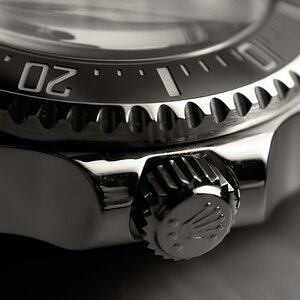
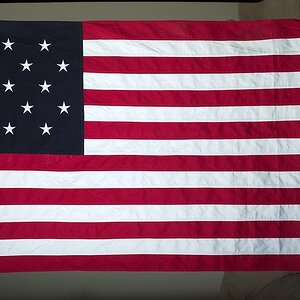
![[No title]](/data/xfmg/thumbnail/40/40308-f92e28f094216c151f3ad1fd7453c99b.jpg?1619739413)
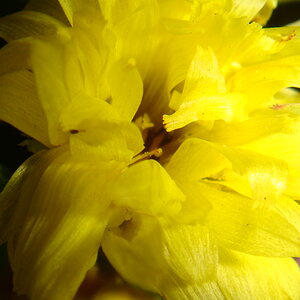
![[No title]](/data/xfmg/thumbnail/40/40307-b3813381d3c1ef8282c72905405b50fe.jpg?1619739413)

![[No title]](/data/xfmg/thumbnail/40/40309-c759bfd4ae7c079632e7402d21d332f1.jpg?1619739414)

![[No title]](/data/xfmg/thumbnail/40/40311-715dda8167abb793178d6abf7e8136fe.jpg?1619739414)
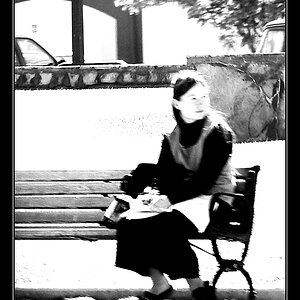
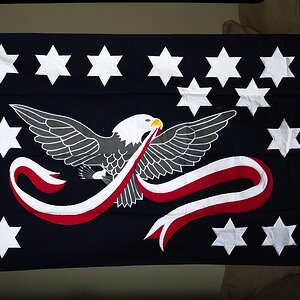
![[No title]](/data/xfmg/thumbnail/40/40310-01bec1b9b7918522bf21a09cf75c5266.jpg?1619739414)